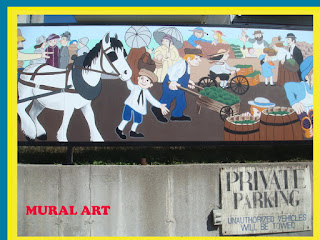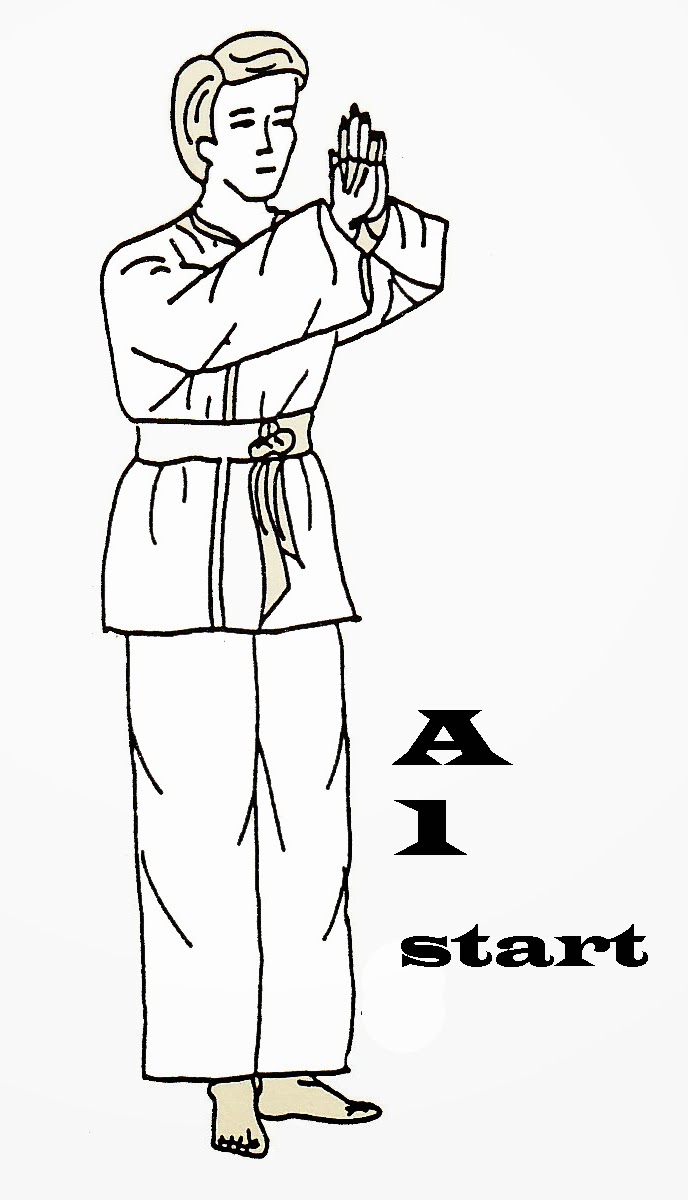POST 334 10FEB2018
NATURE ART
NOSTALGIA FOR AUTUMN
OZILES ICE FISHING VILLAGE
QUOTATION

|
|
www.clubmasterhoang.blogspot.com
POST 334 FEBRUARY 2018
|
|
|
|
WHAT IS NATURE
ART?
Nature Art is a new field in
the province of visual art.
What is Nature? According to
Zen philosophy, anything that has a form does have its True Nature, its
invisible self but real character to be discovered. One of the main
objectives of Zen practice is to reveal the real nature of things, beyond
what we usually know through our senses.
Nature Art is a way for the
artist to express feelings and thoughts by using a "real nature"
contained behind an image, mostly a photographic picture or a calligraphic
letter. Although photography is widely used in Nature Art, still Nature Art
is not part of the Art of Photography. The photographic image presented in
a Nature Art work is simply a material carrying a message, an idea or a
feeling, a "real nature" the artist want to express for her or
his own purposes. It doesn't matter how different a viewer, as an outsider,
could feel when seeing the same Nature Art work.
Founded by Charles Steven
Hogan, Nature Art open the door for millions of people, who could not
use a pencil, a color palette or a brush in making a traditional art work,
to become a true artist for themselves and share their works to others in a
largest way of freedom. By Nature Art, Art is no longer for the sake of
Art, it is for the sake of the artist.
Charles Steven Hogan (Charles Phan Hoang).
Canada, September 28, 2016
|
|



|
|
POST 334 February 10, 2018
From
The Thursday Messenger
|
|
|
|
“If
the problem can be solved why worry? If the problem cannot be solved worrying
will do you no good.” SWQ
(SWQ: Safest Way of Quoting, Buddha)
|
|

END OF POST 334 FEBRUARY 10,2018

































































































